If your child is nervous or apprehensive about school, communication is key
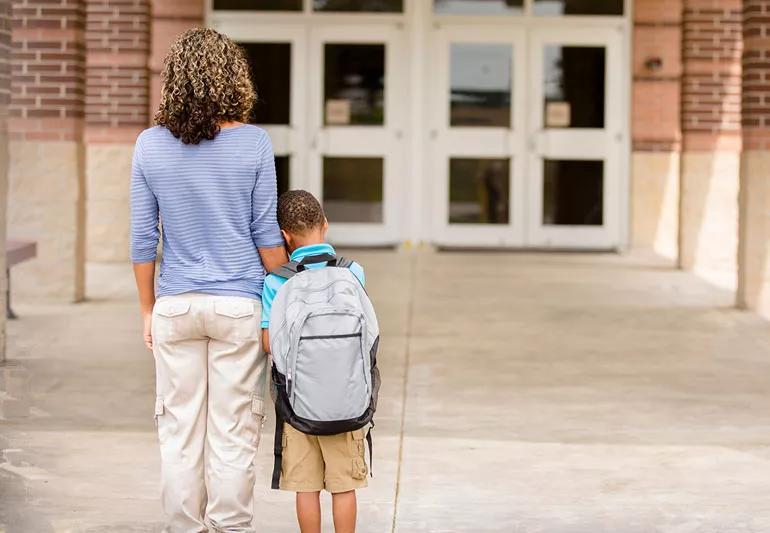
Sure, school is where we send our kids to learn their ABCs, 123s and (hopefully) the difference between “there,” “their” and “they’re.”
Advertisement
Cleveland Clinic is a non-profit academic medical center. Advertising on our site helps support our mission. We do not endorse non-Cleveland Clinic products or services. Policy
But when you think about it, the academic lessons learned in school are just part of a much larger equation. Many of the lessons learned in school have little to do with grades. With each day of school, your child is developing and practicing social skills.
And combining all those lessons day-by-day and year-by-year can be overwhelming. Even anxiety-provoking.
“Younger children learn how to greet adults and teachers, as well as how to play with classmates and navigate the playground,” says pediatrician Ellen Rome, MD.
Older students learn to juggle competing demands on their time. They’re learning who they are and navigating new relationships. Oh, and then there’s that whole get-good-grades-and-do-all-the-extracurriculars-or-you-won’t-get-into-college thing.
No doubt about it, the academic, social, emotional and mental strain of school can be stressful. And in the wake of the COVID-19 pandemic and its increased challenges of isolation, limited social interactions and virtual classrooms, navigating school-related stressors hasn’t gotten any easier. No matter their age, it’s normal for kids to have a certain amount of nervousness — even anxiety — about school.
Luckily, there are steps you can take to help them learn to navigate those fears. And opportunities to engage professional support.
Advertisement
We talked with Dr. Rome, along with psychiatrist Joseph Austerman, DO, about how you can support a child who’s coping with school-related anxiety — including signs it’s time to get help from a professional.
For some kids, nervousness about school can be an occasional thing. Maybe they had a bad day and they worry about what the next will bring. For some kids, a little encouragement from a parent or caregiver can be enough to face the next day with confidence.
For others, fear and anxiety about school can be consuming.
“School refusal” is the term used to describe the problem of children whose anxiety keeps them from attending school on a regular basis. About 2% to 5% of children have school-associated anxiety, according to the Anxiety and Depression Association of America.
Signs your child is experiencing school-related stress and school refusal include:
School anxiety can put strain on the whole family. And it can keep your child from progressing both academically and socially.
“You want your child to build their strengths — to successfully overcome a fear and come out on the other side,” Dr. Rome notes. “You’re trying to get them into what we call a growth mindset, which is the ability to adapt, develop and work their hardest.”
Dr. Rome and Dr. Austerman share advice for how to help your child navigate school-related stresses.
Dr. Austerman says communication is the key to spotting a child’s anxiety before it gets out of hand. Make a daily habit to debrief. Ask your child about their day, every day.
Here are ways Dr. Rome suggests framing the conversation:
Asking specific questions can help you understand more about your child’s day and how they feel about it. You’ll typically learn more about how they’re doing and what’s on their mind this way than when you generically ask, “How was your day?”
Advertisement
Remember, too, that sharing goes both ways. Be prepared to answer those questions for yourself.
“You can explain to them how you handled stressful moments in your own life,” Dr. Rome suggests. “Through these conversations, your child can understand that stress is a part of everyone’s lives, and they can learn some coping skills from you.”
To help your kids open up to you, Dr. Rome says it’s important that they know you’re 100% there. “When your kid wants to talk, even if it’s an inconvenient time, practice putting your phone away. It not only helps you give them your full attention; it also models good behavior.”
And make use of your precious time in the car with them.
“Use your car as a vehicle of communication,” she recommends. “Kids may feel it’s safer to talk to a parent when they’re driving and not staring at you too much. It allows for casual conversation.”
Having regular conversations about what’s going on at school can help you get to the root of the problem. You’ll learn what’s working. What’s not. And you can help come up with appropriate solutions.
“Many times, people are quick to think their child may benefit from medication when they experience school-related stress and anxiety. And some kids do,” Dr. Austerman explains. “But the first step is to look for what’s triggering their anxiety and see if we can intervene. If the child is being picked on at school, for example, medication won’t fix anything.”
Advertisement
Proper sleep is critical to our ability to manage stress and regulate our emotions. How much sleep your child needs will vary. But in general, kids between the ages of 6 and 12 should get about nine to 12 hours of sleep each night. For teens, the goal should be between eight and 10 hours.
But some kids may need more sleep than that. If your child has difficulty waking in the morning, has trouble concentrating in school or has trouble regulating their emotions, those could be signs they need some more ZZZs.
Dr. Rome offers a few tips for helping your child get the sleep they need:
Gearing up for the day can be hard for a lot of people. And for some kids and families, mornings are their most challenging time. And chaotic mornings can feed anxiety and nervousness about the coming day.
You can help set your child up for success by working with them to eliminate obstacles that keep them from starting their day on a good note.
Advertisement
If your child is consistently showing signs of school anxiety, a conversation with their teacher, principal or school counselor can help. You can gain perspective about any signs of anxiety your child is showing at school. And it can give you a chance to offer them insight about your child.
“For example, you might explain to the teacher, ‘If my kid seems like he’s tuned out, calling him out can make him more anxious. Here’s what has worked for us to help him tune in,’” Dr. Rome says.
Working with their teacher and others, you may be able to ask for some support measures to help your child’s stress. For some kids, that may be things like:
“Establishing communication with teachers and other people at school helps create a support system for your child,” Dr. Austerman adds.
There’s a difference between a child experiencing nerves and one dealing with anxiety or depression.
Most kids have periods of time when they resist going to school. That’s normal. But if the behavior continues for two weeks or longer, it’s likely more than a passing phase. And it’s time to get help for their anxiety.
“If you see a difference in your child’s behavior, don’t minimize it — explore it,” Dr. Austerman advises. “It’s going to be better for your child if you seek help for their concerns when they’re smaller and manageable before they build into something bigger.”
He suggests finding a qualified therapist who specializes in treating children. If you don’t know where to start, try reaching out to your child’s pediatrician or other healthcare provider.
Your child’s therapist may use several techniques to get to know your child, understand their concerns and work toward a solution. That may include elements like:
There’s no doubt that school can be stressful. But it doesn’t have to be overwhelming. Open up the lines of communication with your child and their school. And don’t hesitate to talk with a healthcare provider who can help your child manage their anxiety.
Learn more about our editorial process.
Advertisement

A well-balanced lunch should include a protein, whole grain, fruit and vegetables, and a healthy snack

‘Active shooter’ exercises may raise both awareness and anxiety
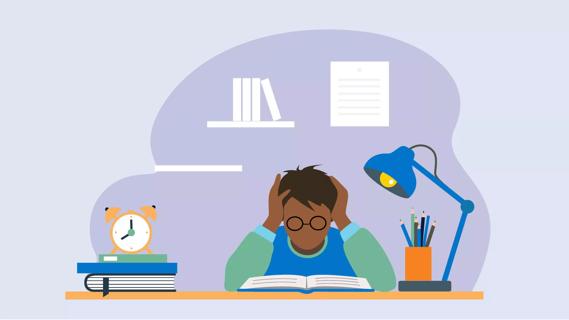
Focus on a positive mindset, strong study habits and healthy living
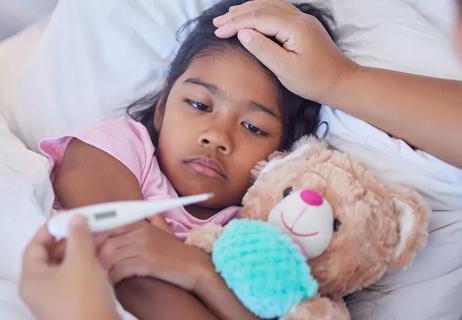
Vomiting and fevers are a hard no — other symptoms are a judgment call

Get to know the resources they have on and off campus, including their friends
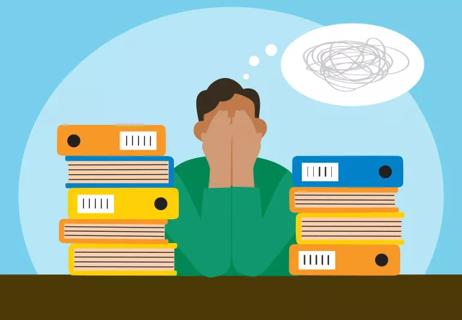
College is a time of big transitions, intense stress and major lifestyle changes

An ounce of prevention ... is worth a great school year!
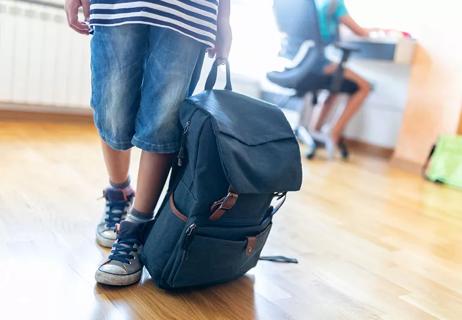
For starters, pick the right size backpack for your child, with wide, padded straps

If you’re feeling short of breath, sleep can be tough — propping yourself up or sleeping on your side may help

If you fear the unknown or find yourself needing reassurance often, you may identify with this attachment style

If you’re looking to boost your gut health, it’s better to get fiber from whole foods